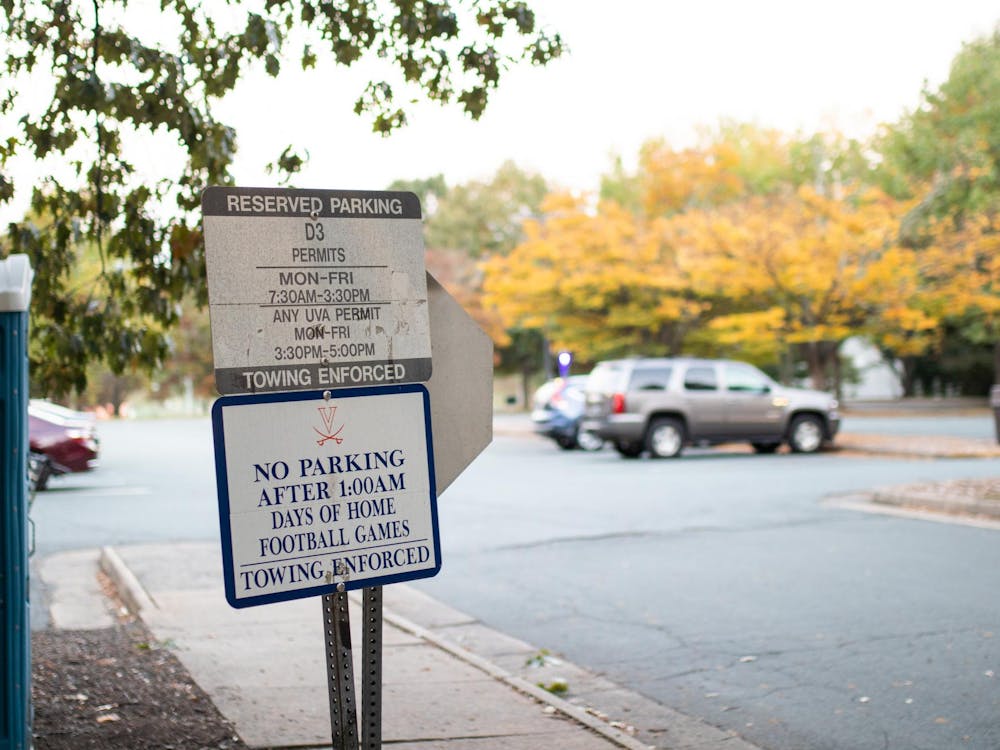In the midst of rising tuition prices, it’s important that the University explore all avenues to find ways to keep the cost of education down. To this end, the University has made inroads through its use of massive open online courses, or MOOCs. MOOCs are online courses open to anybody, often free of charge or with a small fee for a verification of completion. Online education is often thought of in terms of for-profit universities, but recently dozens of the nation’s top schools have initiated or increased their participation in the online education community, dramatically raising its scope and depth. Despite these changes, students have yet to see meaningful returns from that investment; to start, they cannot count MOOCs for credit.
The University has already begun to explore possibilities in online learning. In the company of Princeton, Johns Hopkins, Stanford, Caltech and hundreds of other universities in dozens of countries, the University recently entered a partnership with Coursera, a large provider of MOOCs. Several online courses taught by University professors are now available for public use, and by spring of 2015, 1.7 million people had enrolled in the University’s MOOCs through this platform.
The next step for the University would be to accept credits from online coursework, a step that can benefit students in a number of ways. Overcrowding in required classes, as well as the need for remedial coursework, can be costly to students monetarily and increase dropout rates. By making required classes more readily available, MOOCs can decrease the time and money students have to spend in college, lowering dropout rates.
In addition, MOOCs don’t have to be stand-alone courses where learning takes places entirely online. An experimental course program at San Jose State instead blended online materials from edX, an online collaboration with Harvard and MIT, with live classroom sessions. In a comparison between classes that blended online material and those that didn’t, it was found that the blended sections had a pass rate over 30 percent higher than their classroom-only peers.
One of the main criticisms levied against MOOCs is the absence of any physical interaction between professors and students. This is a valid point. But we cannot really claim all of the large introductory courses at the University give students the opportunity to communicate well with their professors. This coming spring, Introductory College Chemistry, taught by one professor, will see 700 students enrolled in two different sections. A student to teacher ratio that high, even with the presence of teaching assistants, cannot really claim to be providing closer interactions between professors and students. In fact, this course has already utilized the online learning tool ALEKS, which stands for Assessment and Learning in Knowledge Spaces, as a supplement to classroom learning.
This isn’t to say that all or even any of the professors at the University can or will be supplanted by online courses. Professors will always be at the center of any educational system. But by introducing MOOCs as a viable option, the University would be able to incorporate a wide knowledge base for basic introductory courses. This would allow professors to focus their time on more advanced courses that include close interactions with students. When used in conjunction to courses, MOOCs would decrease the time students spend in front of a powerpoint, allowing professors to foster greater engagement in classroom activities As a former dean of the Wharton School at the University of Pennsylvania said in an interview, MOOCs won’t “destroy the traditional classroom,” only “change what we do in the classroom.” Whether they are used as an accessory to or substitute for introductory courses, MOOCs can help provide a more in-depth and flexible education to students here. The role MOOCs will play in higher education remains to be seen. But their cost effectiveness and ease of use present a tempting option the University should explore further.
Alex Mink is an Opinion columnist for The Cavalier Daily. He can be reached at a.mink@cavalierdaily.com.






